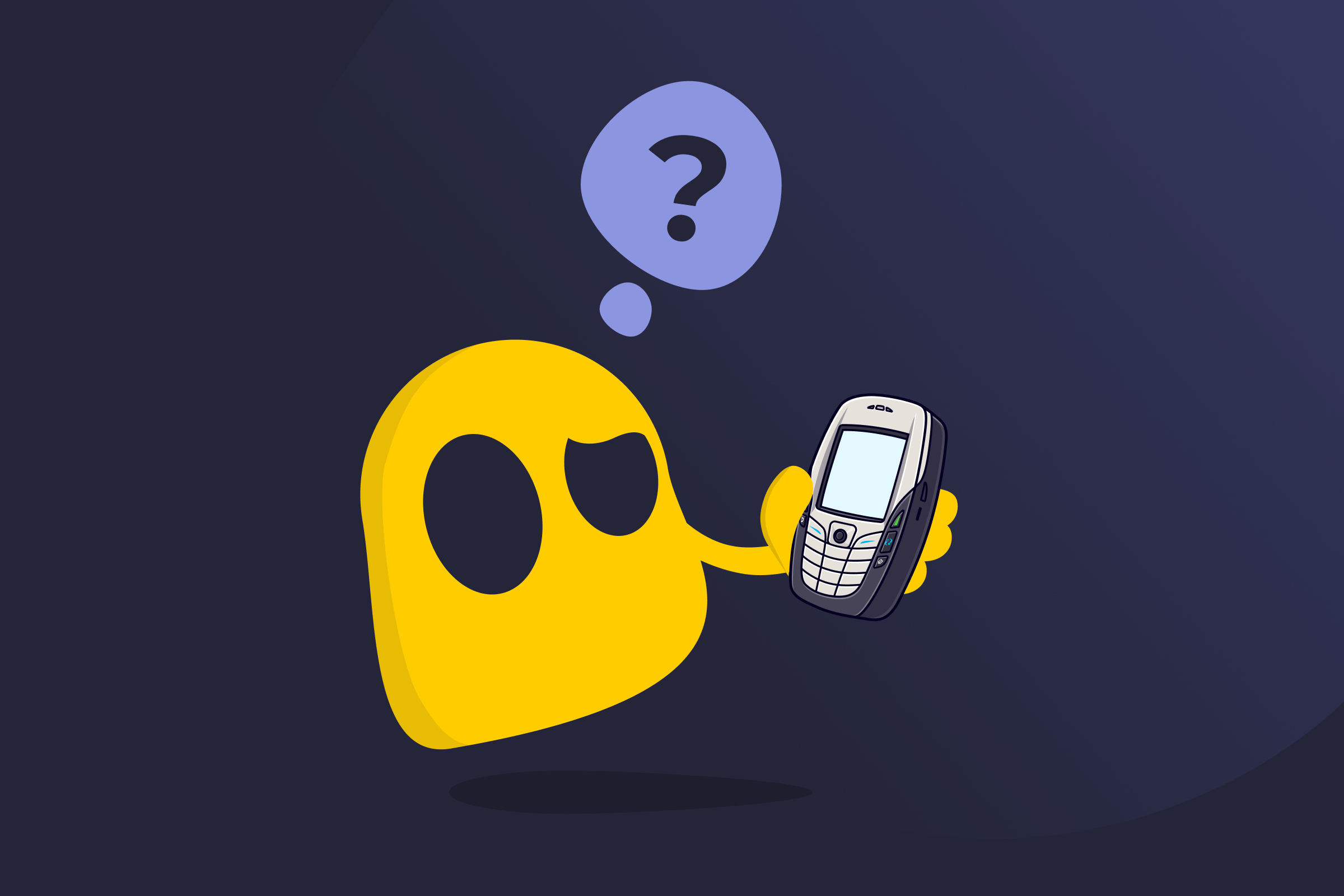Symbian

Symbian Definition
Symbian was a mobile operating system (OS) designed for smartphones and developed by Symbian Ltd. It was widely used in the early 2000s, powering millions of devices from brands like Nokia, Motorola, and Ericsson. Symbian was eventually phased out and replaced by iOS and Android.
Symbian’s History
Symbian Ltd. was founded in London in 1998 as a partnership between telecommunications companies to compete with Microsoft’s mobile software. Symbian OS was first released in 2001 and was originally built for digital organizers. However, it took off when Nokia launched its first Symbian smartphone that same year, quickly becoming the world’s leading smartphone platform.
The operating system fell behind when Apple’s iOS and Google’s Android introduced modern touch interfaces, a strong app ecosystem, and easy software updates. Nokia acquired Symbian in 2008 and tried to modernize it with releases like Symbian^3, which had better graphics and touchscreen support. However, it wasn’t successful as Nokia 808 PureView (2012) became the last Symbian device to be released. By 2014, Symbian OS was officially discontinued.
Symbian Key Features
- Multitasking: Symbian could run multiple applications at once.
- Connectivity: It supported Bluetooth and Wi-Fi in many versions, while later models included more advanced options like 3G.
- Messaging: It offered SMS, multimedia messaging (MMS), and email, as well as a calendar, contact list, and web browser.
- Customizable interface: Users could change wallpapers, themes, and rearrange home screen icons.
- Touchscreen support: Touchscreens were added in later models, but earlier devices used physical keypads.
- Multimedia support: Symbian phones could play MP3s, record video, and handle basic camera functions.
Symbian OS Security Issues
- Early mobile malware: Symbian was one of the first mobile systems hit by malware, like the Cabir worm, which spread via Bluetooth and infected many devices.
- Application signing: Many early Symbian apps didn’t need a signature, which allowed privilege escalation attacks or malware installation. Later versions required signing, but the Symbian Signed process was considered overcomplicated and expensive.
- Spyware: Commercial spyware tools, like FlexiSPY and SpyBubble, exploited vulnerabilities in Symbian software to monitor calls, texts, and other personal data.
While Symbian released patches and updates, they weren’t consistent across devices. As threats grew, Symbian’s protections couldn’t keep up with the stronger systems built into iOS and Android, contributing to its decline.
Read More
FAQ
Symbian was a mobile operating system created for smartphones. It became widely used in the 2000s, powering millions of devices, mainly from Nokia, before being overtaken by iOS and Android.
Symbian failed because it couldn’t adapt to the smartphone revolution brought by iOS and Android. It lacked a smooth touchscreen interface, had a fragmented app ecosystem, and updates were slow. It also suffered from multiple security flaws. Nokia’s attempts to improve Symbian came too late, leading to its eventual decline.
Symbian Ltd. was founded by a group of telecommunications companies in 1998 in London. Nokia, Motorola, Ericsson, Psion, and (later) Sony teamed up to better compete with Microsoft in the new mobile device market. They first released Symbian OS in 2001.

 45-Day Money-Back Guarantee
45-Day Money-Back Guarantee